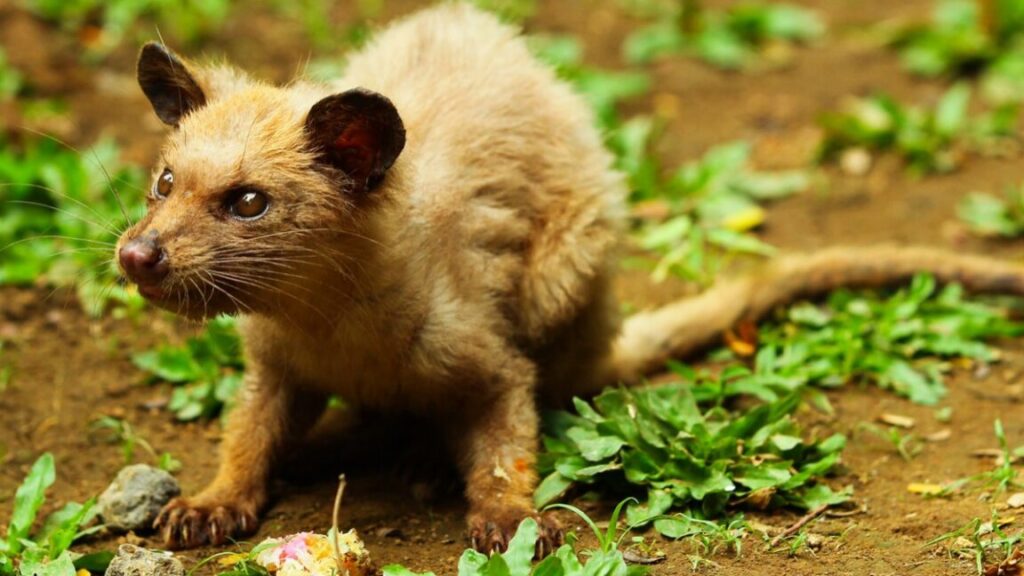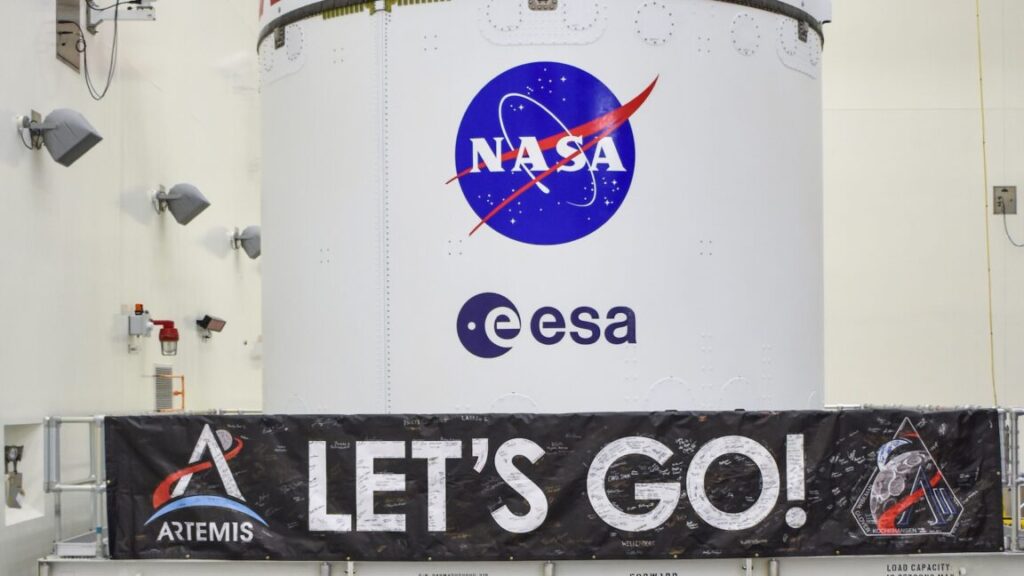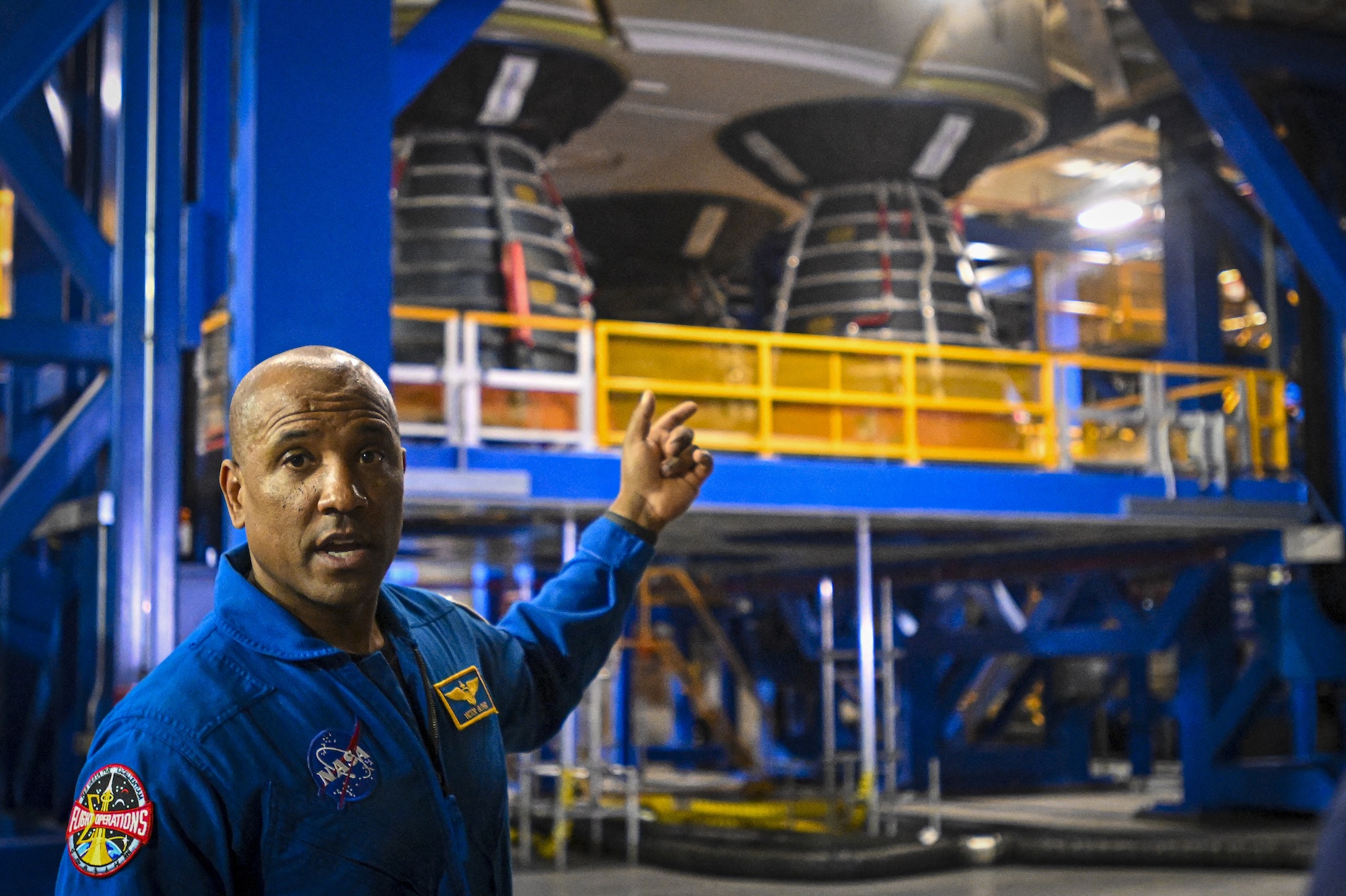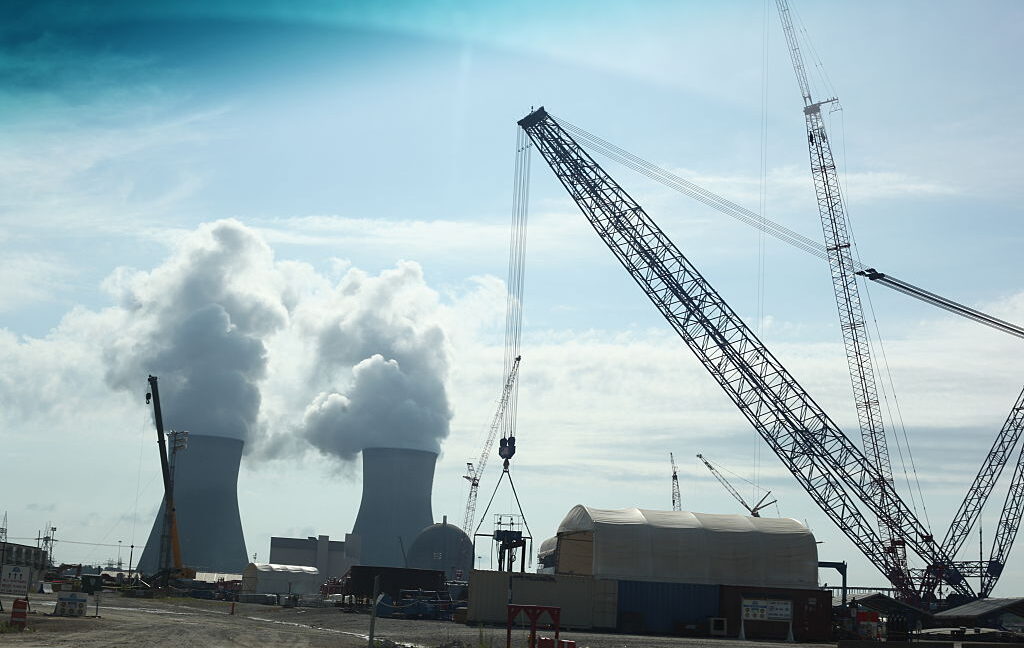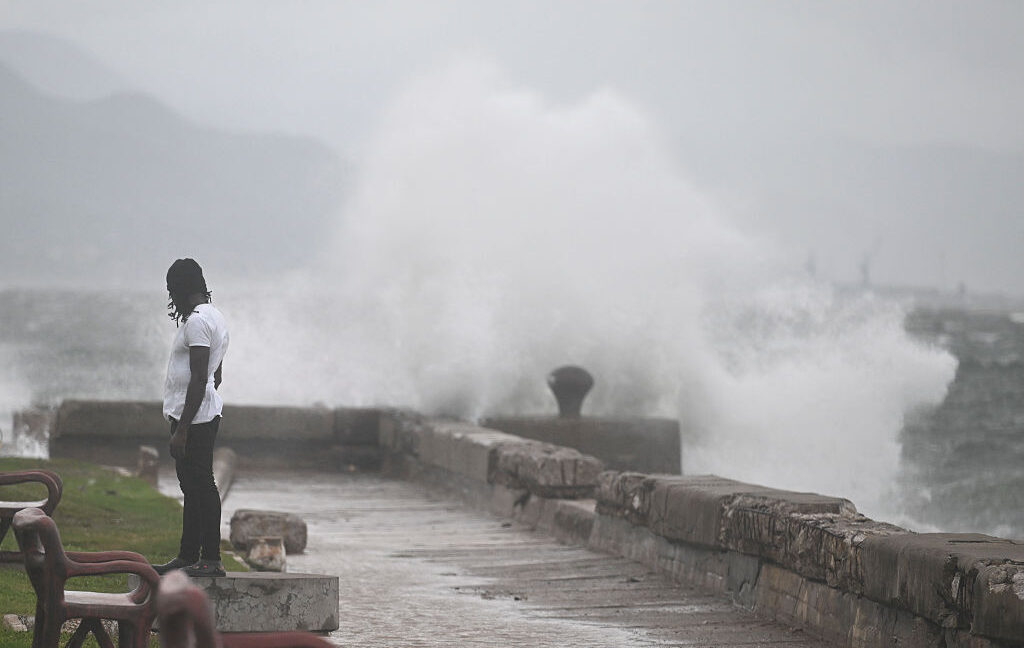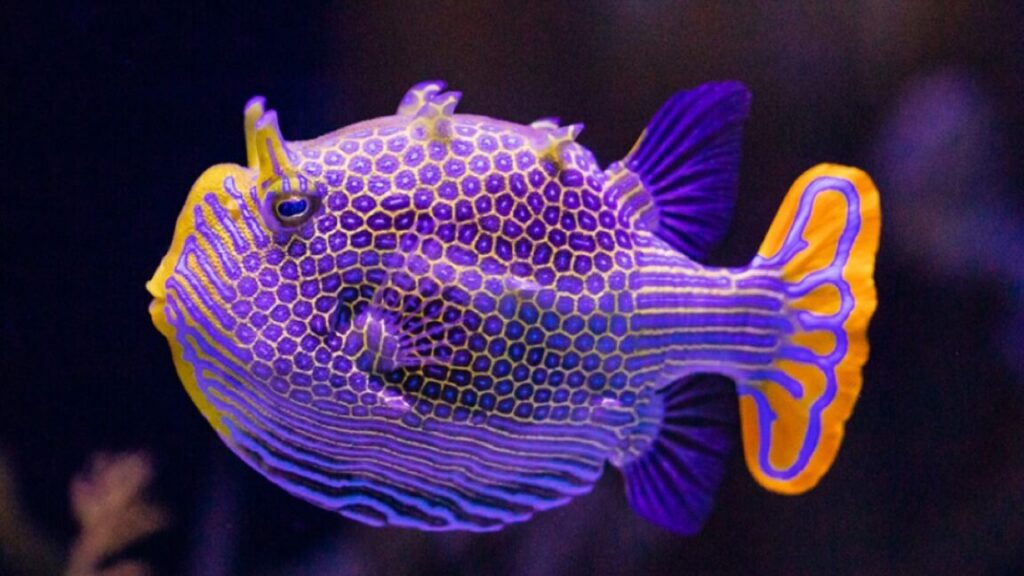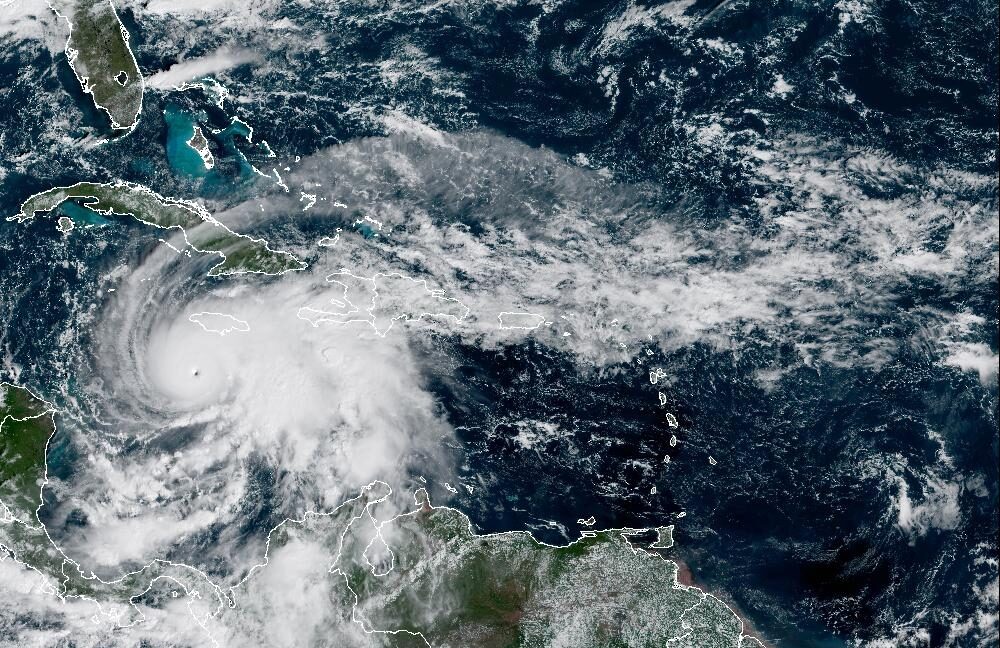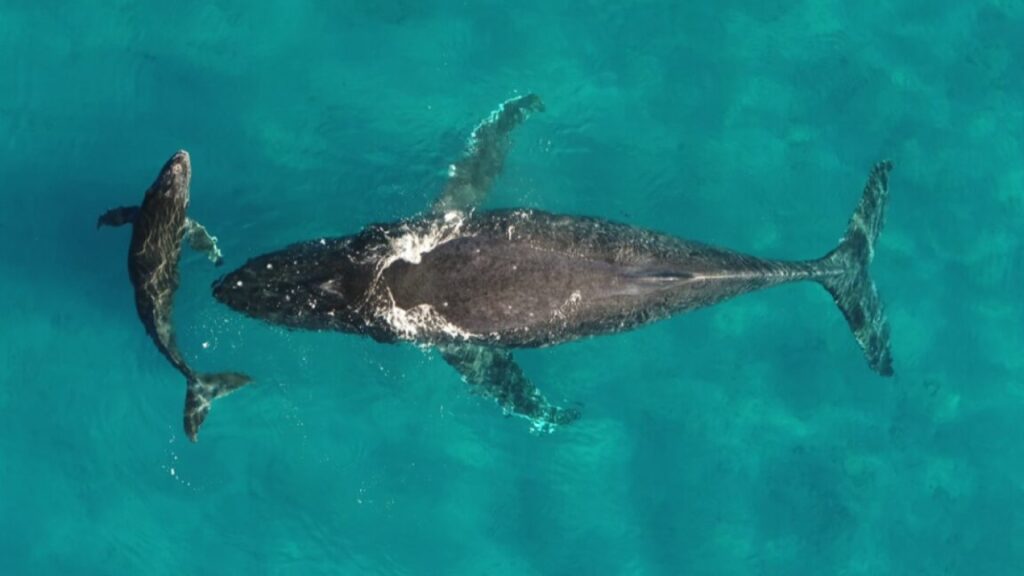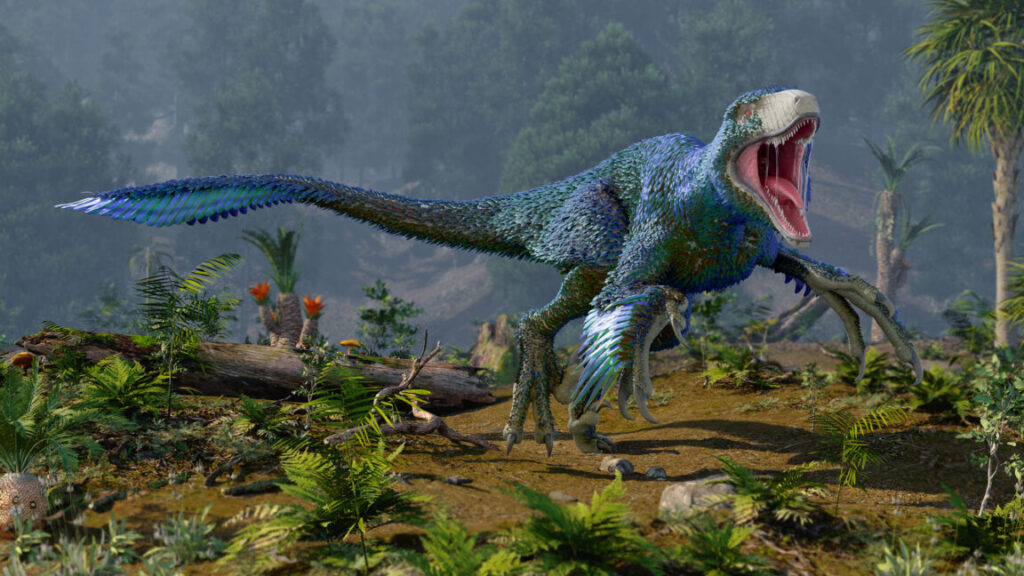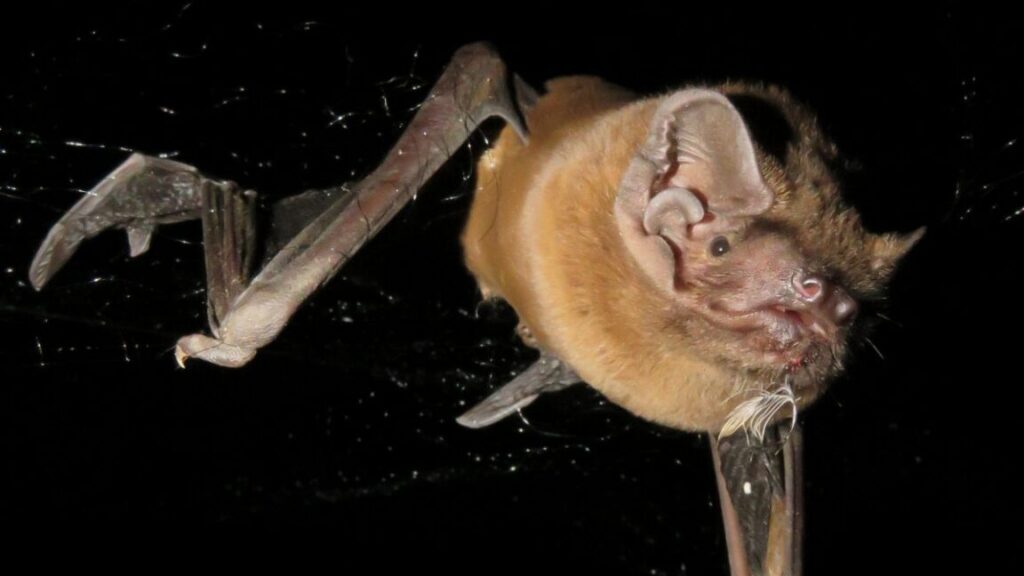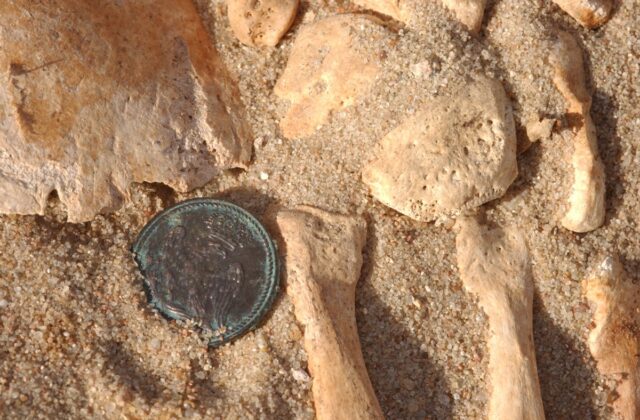The chemistry behind that pricey cup of civet coffee
A sampling of scat
Kopi luwak is quite popular, with well-established markets in several South and East Asian countries. Its popularity has risen in Europe and the US as well, and India has recently become an emerging new market. Since there haven’t been similar studies of the chemical properties of kopi luwak from the Indian subcontinent, the authors of this latest study decided to fill that scientific gap. They focused on civet coffee produced in Kodagu, which produces nearly 36 percent of India’s total coffee production.
The authors collected 68 fresh civet scat samples from five different sites in Kodagu during peak fruit harvesting in January of this year. Collectors wore gloves to avoid contamination of the samples. For comparative analysis, they also harvested several bunches of ripened Robusta coffee berries. They washed the scat samples to remove the feces and also removed any palm seeds or other elements to ensure only Robusta beans remained.
For the manually harvested berries, the authors removed the pulp after a natural fermentation process and then sun-dried the beans for seven days. They then removed the hulls of both scat-derived and manually harvested berries and dried the beans in an oven for two hours. None of the bean samples were roasted, since roasting might significantly alter the acidity and chemical composition of the samples. For the chemical analysis, 10 distinct samples (five from each site where berries were collected) were ground into powder and subjected to various tests.
The civet beans had higher fat levels, particularly those compounds known to influence aroma and flavor, such as caprylic acid and methyl esters—contributing to kopi luwak’s distinctive aroma and flavor—but lower levels of caffeine, protein, and acidity, which would reduce the bitterness. The lower acidity is likely due to the coffee berries being naturally fermented in the civets’ digestive tracts, and there is more to learn about the role the gut microbiome plays in all of this. There were also several volatile organic compounds, common to standard coffee, that were extremely low or absent entirely in the civet samples.
In short, the comparative analysis “further supports the notion that civet coffee is chemically different from conventionally produced coffee of similar types, mainly due to fermentation,” the authors concluded. They recommend further research using roasted samples, along with studying other coffee varieties, samples from a more diverse selection of farms, and the influence of certain ecological conditions, such as canopy cover and the presence of wild trees.
Scientific Reports, 2025. DOI: 10.1038/s41598-025-21545-x (About DOIs).
The chemistry behind that pricey cup of civet coffee Read More »
